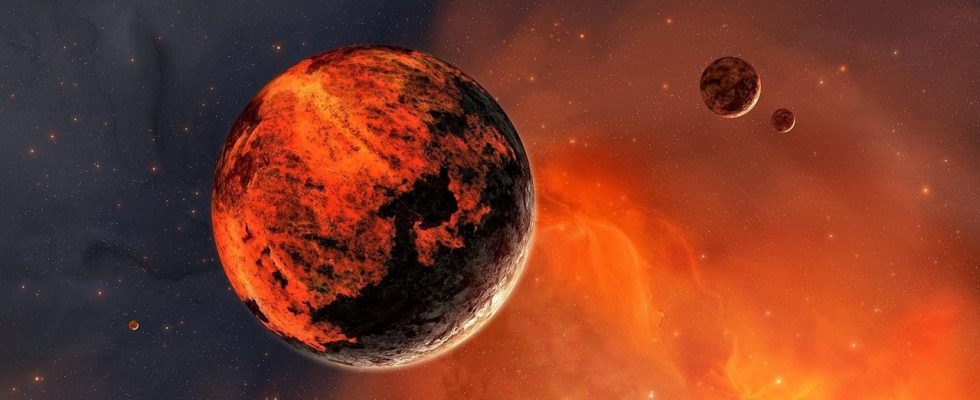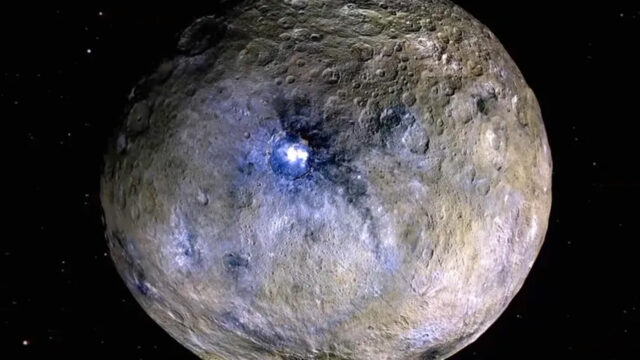For thousands of years, Martian rocks bombarded the Earth. It continues to bomb. Martian rocks were blown into space after being ejected from their planet by violent impacts or volcanic processes. Some came to Earth. Scientists collected these rock fragments. But as they collected these small samples, scientists began to learn something interesting. The age of the rocks on Mars tells us completely different things. Here are the details…
Mars rocks continue to hit Earth: Thus, its age is revealed!
Mars continues to hurl rock fragments at our planet. However, this situation uncovered another mystery. We knew Mars was old. However, rock fragments that drifted to our planet showed that it may be even older.
Scientists think that the formation of the planet was completed approximately 4.56 billion years ago, approximately 90 million years before our own planet. Evidence also suggests that much of the Martian surface is ancient. So if Mars is older, why do the rocks on Mars look so young?
The scientific community thinks the answer most likely lies in the constant bombardment of the Martian surface by meteors and asteroids. With about 200 bombardments each year creating 4-meter craters, the surface of Mars is constantly spewing more rock into space. Some of these are on their way to Earth. The reason the age of rock on Mars does not appear to be consistent is that older rock has been ejected from the planet, being replaced by younger rock. Thus, Mars renews itself.
Young rocks are still being renewed by volcanic activity from below the surface. So we understand why young rocks come to our planet. In this way, Mars still maintains its freshness and youth. He also manages to mislead us about his age.
Understanding how Mars is changing both inside and outside is important for NASA and other space agencies. Because space agencies aim to organize the first manned missions to Mars. What’s more, scientists want to figure out how the planets in our solar system formed. However, they aim to tell us more about the evolution of the universe as a whole. They are also looking for new ways to understand the universe.

